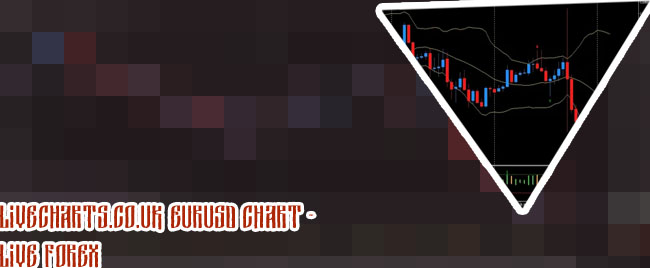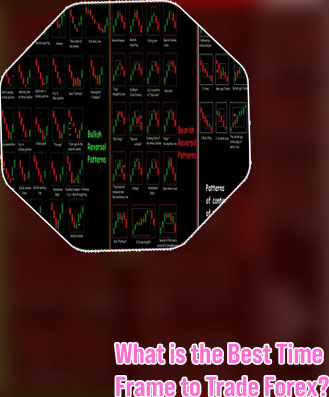
- Ecn forex broker
- Best forex
- Top broker forex india
- Regulated forex broker india
- Top rated forex broker
- Top 3 best forex brokers
- Best app for forex trading in india
- Top forex broker in world
- Forex broker reviews
- Forex broker volume
- Top 10 forex brokers in india
- Free credit forex broker
- Top forex broker
- Best forex application
- Best forex broker for indices
- Forex trading in india
- Best forex and crypto brokers
- Best paypal forex broker
- How to start forex trading
- Is forex trading legal in india
- Forex
- Top forex brokers
- Best forex broker for day trading
- Forex brokers in india
- Forex trading profit per day
- Forex trading us broker
- How much can be made from forex trading
- Forex for you login
- Rbi ban forex trading app list
- Forex broker
- Types of brokers in forex
Forex market live chart

Understanding Forex Live Charts: A Guide to Real-Time Trading Data
Navigating the world of Forex live charts can be overwhelming for new traders. Understanding how to read and interpret these charts is crucial for making informed trading decisions. In this list of articles, we have compiled three resources that will help you gain a better understanding of Forex live charts and how to use them effectively.
The Basics of Reading Forex Live Charts

The forex market is a dynamic and complex environment where traders need to constantly monitor live charts to make informed decisions. Understanding how to read forex live charts is crucial for anyone looking to trade in this market effectively.
Forex live charts provide real-time data on currency pairs, showing price movements, trends, and patterns. One of the key elements of a forex chart is the candlestick, which represents price movements over a specific time period. By analyzing these candlesticks, traders can identify trends and potential entry or exit points for their trades.
Another important aspect of reading forex live charts is understanding technical indicators. These indicators, such as moving averages, MACD, and RSI, help traders analyze market conditions and make predictions about future price movements. By combining technical analysis with chart patterns, traders can develop a comprehensive trading strategy.
In India, where the forex market is rapidly growing, having a solid grasp of reading forex live charts is essential for traders to navigate this volatile market successfully. With the right knowledge and skills, traders can capitalize on opportunities and minimize risks while trading in the forex market.
In conclusion, mastering the basics of reading forex live charts is crucial for traders looking to succeed in the forex market. By understanding how to interpret live charts and technical indicators, traders can make informed decisions
Top 5 Tips for Analyzing Forex Live Charts
Analyzing Forex live charts is a crucial skill for any trader looking to succeed in the foreign exchange market. With the constantly changing prices and trends, being able to interpret these charts accurately can make all the difference in making profitable trades. Here are some expert tips to help you navigate through Forex live charts effectively.
Firstly, it is essential to understand the different types of charts available, such as line charts, bar charts, and candlestick charts. Each type provides unique insights into price movements, so familiarize yourself with all of them to gain a comprehensive view of the market.
Secondly, pay close attention to key indicators like moving averages, relative strength index (RSI), and Bollinger Bands. These indicators can help you identify trends, overbought or oversold conditions, and potential reversal points.
Thirdly, always consider the timeframe you are analyzing. Short-term traders may focus on hourly or daily charts, while long-term investors might look at weekly or monthly charts. Adjusting your timeframe accordingly can give you a clearer picture of market movements.
Additionally, practice using support and resistance levels to determine entry and exit points for your trades. These levels can act as barriers that help predict where prices may reverse or continue.
Utilizing Technical Indicators on Forex Live Charts
In the fast-paced world of forex trading, utilizing technical indicators on live charts is essential for making informed trading decisions. Technical indicators are mathematical calculations based on historical price, volume, or open interest data, which can help traders identify potential market trends and entry/exit points.
One of the most commonly used technical indicators is the Moving Average (MA). MAs smooth out price data to create a single flowing line, making it easier to identify trends. Traders often use a combination of short-term (e.g., 20-day MA) and long-term (e.g., 200-day MA) MAs to confirm trend direction.
Another popular technical indicator is the Relative Strength Index (RSI), which measures the speed and change of price movements. RSI values range from 0 to 100, with readings above 70 indicating overbought conditions and readings below 30 indicating oversold conditions.
In addition to MAs and RSI, traders also commonly use other technical indicators such as Bollinger Bands, MACD, and Fibonacci retracement levels to enhance their trading strategies.
By utilizing technical indicators on forex live charts, traders in India can gain valuable insights into market dynamics and improve their trading performance. These indicators can help traders identify potential entry and exit points, manage risk